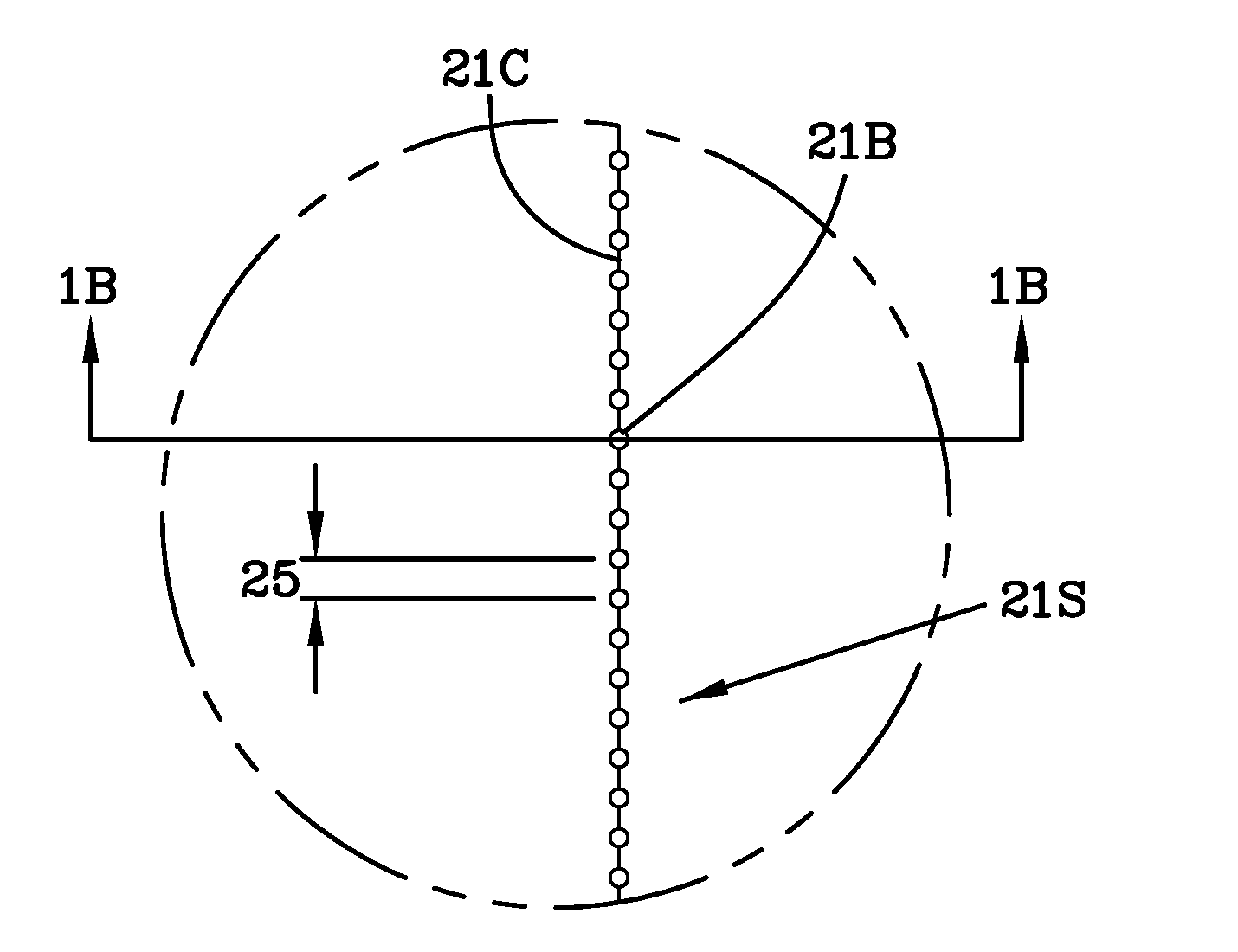Method and system for scribing brittle material followed by chemical etching
- Summary
- Abstract
- Description
- Claims
- Application Information
AI Technical Summary
Benefits of technology
Problems solved by technology
Method used
Image
Examples
Embodiment Construction
[0079]Embodiments of the disclosure will now be described by way of example only.
[0080]FIG. 1 illustrates optical configurations for the formation of filaments in which long homogeneous filaments 220 are formed by focusing the beam energy such that it is “dumped” into a focus above and / or below the transparent target material (forming an optical reservoir 220) in order to modulate the amount of energy passed into the desired filament zone. Incoming laser beam 160 passes through a distributed focus assembly 150 which creates foci above or below 210 the target substrate 215.
[0081]The propagation of ultrafast laser pulses in transparent optical media is complicated by the strong reshaping of the spatial and temporal profile of the laser pulse through a combined action of linear and nonlinear effects such as group-velocity dispersion (GVD), linear diffraction, self-phase modulation (SPM), self-focusing, multiphoton / tunnel ionization (MPI / TI) of electrons from the valence band to the con...
PUM
| Property | Measurement | Unit |
|---|---|---|
| Length | aaaaa | aaaaa |
| Pressure | aaaaa | aaaaa |
| Width | aaaaa | aaaaa |
Abstract
Description
Claims
Application Information
 Login to View More
Login to View More - R&D
- Intellectual Property
- Life Sciences
- Materials
- Tech Scout
- Unparalleled Data Quality
- Higher Quality Content
- 60% Fewer Hallucinations
Browse by: Latest US Patents, China's latest patents, Technical Efficacy Thesaurus, Application Domain, Technology Topic, Popular Technical Reports.
© 2025 PatSnap. All rights reserved.Legal|Privacy policy|Modern Slavery Act Transparency Statement|Sitemap|About US| Contact US: help@patsnap.com



